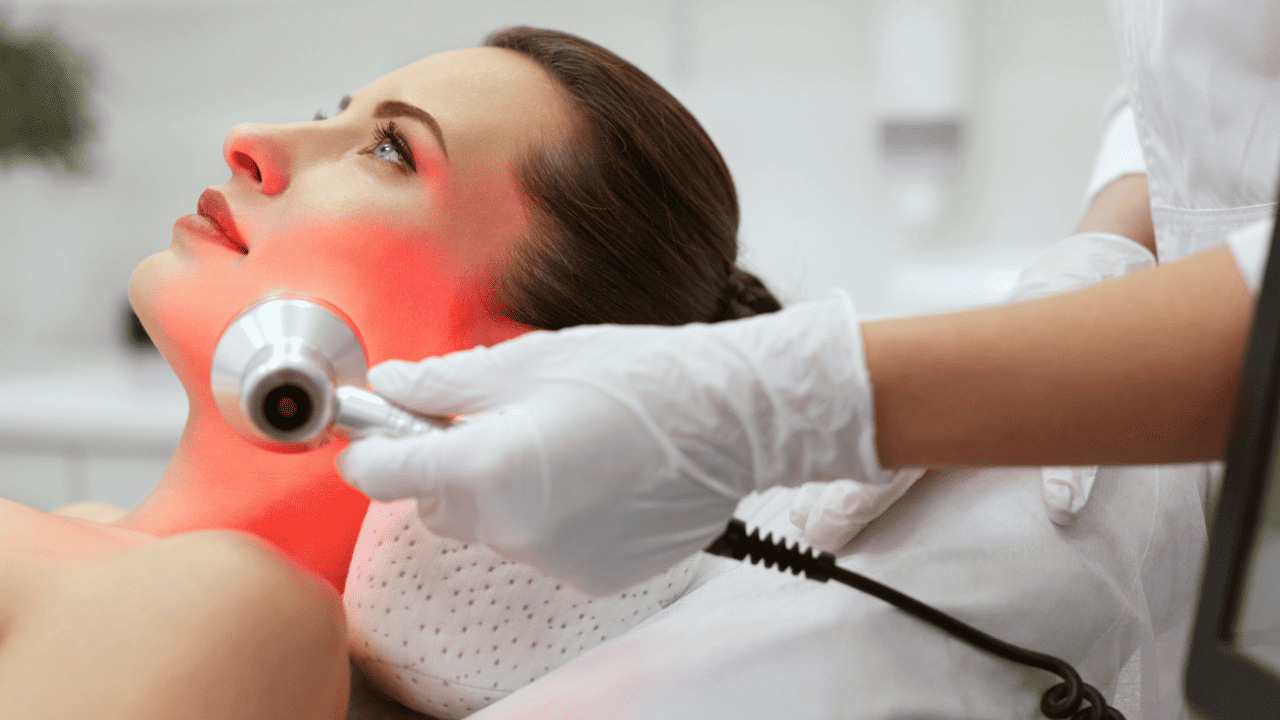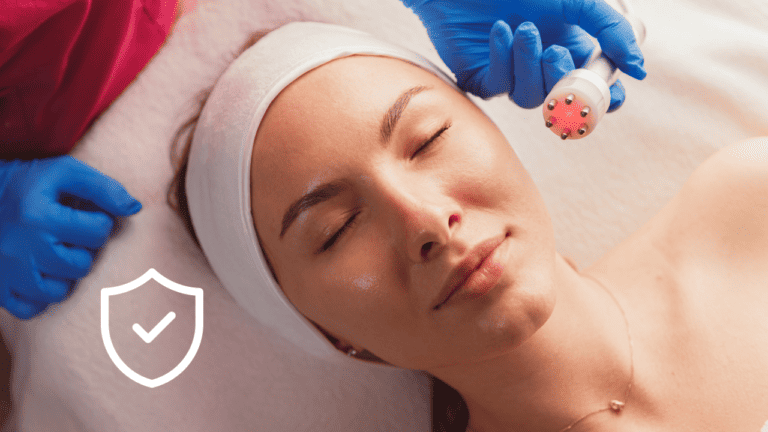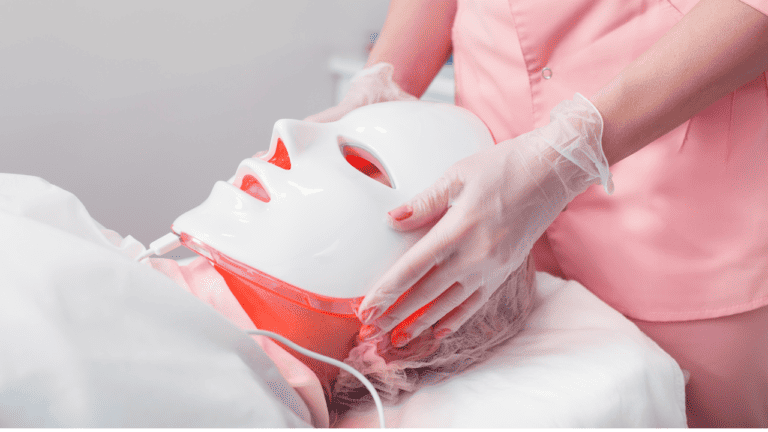Welcome to our comprehensive guide on DIY Red Light Therapy! No long confined to spas or clinics, Red Light Therapy innovation allows for us to use it in the comfort of our own homes now.
If you’re intrigued by the growing trend of using light as a therapeutic tool, you’re in the right place. This guide aims to demystify Red Light Therapy, offering practical tips and guidelines for safely implementing this technique at home. Whether you’re a seasoned user or a curious newcomer, our goal is to provide clear, professional advice that’s easy to digest and apply.
Key Takeaways
- Red Light Therapy is a non-invasive, therapeutic technique that uses specific red light wavelengths to promote skin health, pain relief, and improved circulation.
- For effective DIY red light therapy, select the right equipment, use it in a safe, comfortable space, and adhere to recommended usage guidelines regarding duration and frequency.
- Incorporate red light therapy into a holistic wellness routine that includes a balanced diet, hydration, and other skincare practices for enhanced benefits.
The Science Behind Red Light Therapy
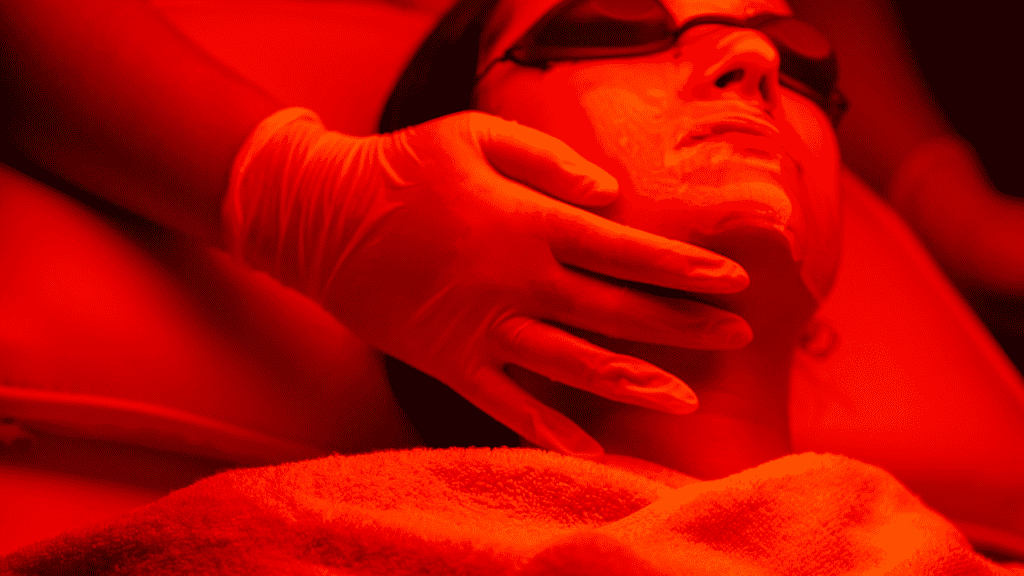
What is Red Light Therapy?
Red Light Therapy, often referred to as red light therapy, involves exposing the skin to a specific wavelength of red light. This non-invasive therapy has gained popularity due to its potential benefits in skin health, pain management, and overall well-being.
The Scientific Foundation
At its core, red light therapy works by emitting a wavelength of red light that penetrates the skin’s surface. This light is believed to stimulate cellular processes and enhance mitochondrial function, which is crucial in cellular energy production.
In turn this helps to for cell rejuvenation which directly reflects on our skin health and thus many dermatologists have turned to red light therapy as a non-invasive treatment for their clients who want to improve their skin.
Benefits for Health and Well-being
The primary allure of red light therapy lies in its diverse benefits, which include improving skin health, aiding in pain relief, and promoting better circulation. It’s a holistic approach that supports the body’s natural healing processes.
- Read More: Fundamentals Of Red Light Therapy For Skin Health
- Read More: The Ultimate Guide To Red Light Therapy For Skincare: Unlock Radiant, Youthful Skin
Preparing Your Space for Red Light Therapy
Choosing the Ideal Location
Select a space that is comfortable and free from distractions. A quiet corner in your bedroom or a dedicated area in your living room could work perfectly.
Essential Equipment
The market offers a variety of red light devices, from panels to handheld units. Choose one that fits your budget, space, and specific needs. Or course panels help with whole body therapy however, some devices such as Red Light Therapy masks can fit right over the skin which in turn provides deeper penetration.
On the other hand, handheld units are usually more affordable as the surface area of the equipment is smaller as well, which results in less Red Light Therapy bulbs in one handheld unit in comparison to say, a panel.
Safety First
Always follow the manufacturer’s instructions and use eye protection if recommended. Remember, red light therapy should not cause pain or discomfort.
Implementing Red Light Therapy at Home
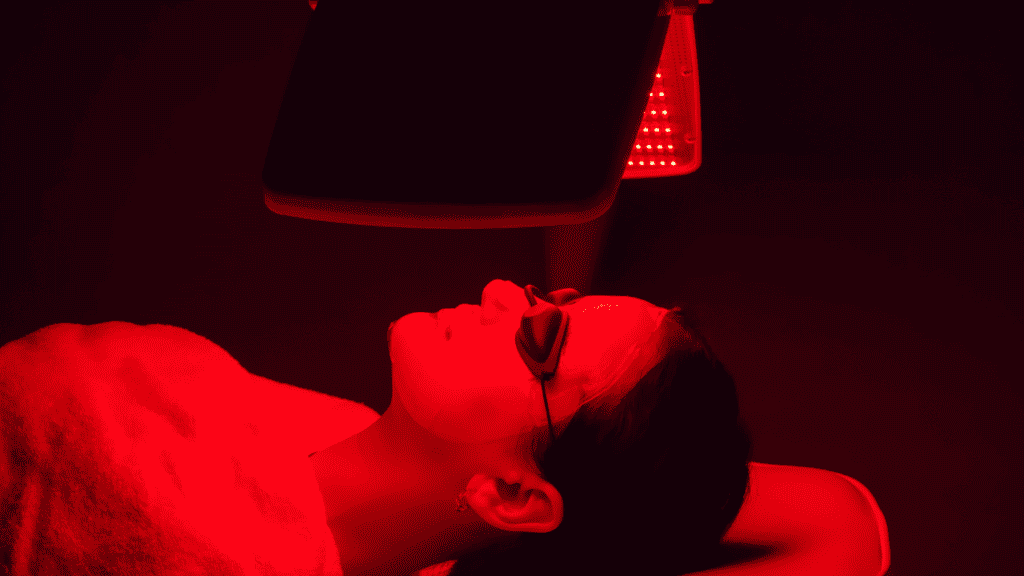
A Step-by-Step Approach
- Position the device as per guidelines.
- Expose the target area to the light for the recommended duration, typically between 10-20 minutes.
- Repeat the process regularly, adhering to the suggested frequency.
Duration and Frequency: Finding Your Balance
Start with shorter sessions and gradually increase as your skin adapts. Consistency is key for optimal results.
Enhancing the Therapy’s Effectiveness
Ensure your skin is clean and free of makeup. Relax and focus on the experience, embracing this as a moment of self-care.
Navigating Through Precautions and Best Practices

Common Pitfalls
Avoid overuse, which can lead to skin irritation. Listen to your body and adjust accordingly.
Knowing Your Skin
Individual responses to red light therapy can vary. Pay attention to how your skin reacts and adjust your routine as needed.
When to Seek Professional Advice
If you have a pre-existing skin condition or any concerns, consulting a healthcare professional is advisable.
Enhancing Your Red Light Therapy Experience
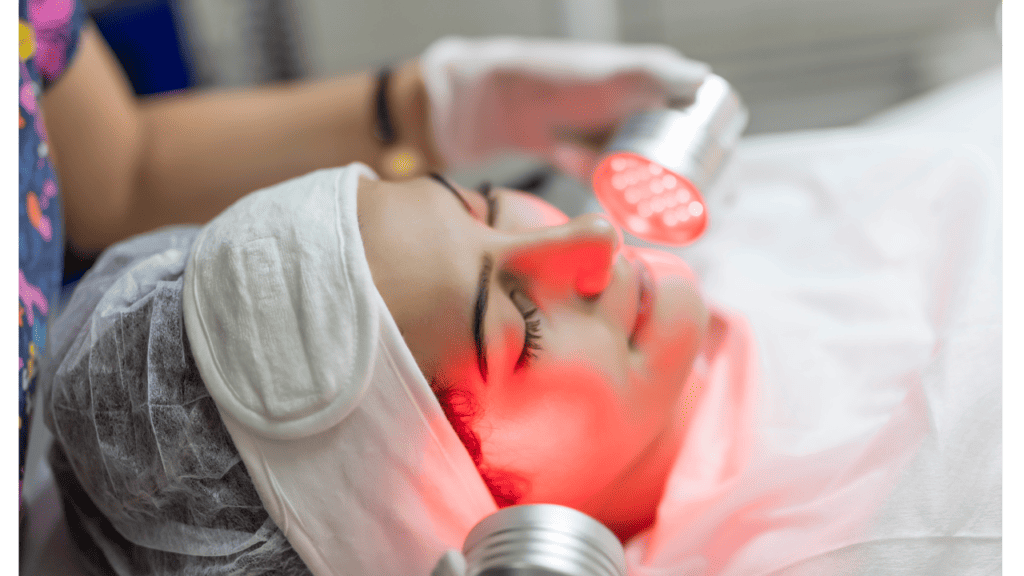
Lifestyle Modifications for Better Results
Incorporate a healthy diet, adequate hydration, and regular exercise to complement your red light therapy routine.
Integrating with Other Skin Care Practices
Red Light Therapy can be a part of a broader skincare regimen. However, ensure to space out different treatments to avoid overwhelming your skin.
Diet and Hydration: The Inner Link
A balanced diet rich in antioxidants and staying well-hydrated can enhance the effects of red light therapy, supporting your skin’s health from the inside out.
Conclusion: Lighting the Way Forward
In summary, Red Light Therapy is a promising and accessible tool for enhancing well-being. By following these tips and guidelines, you can safely explore the benefits of red light therapy in the comfort of your home. Remember, every journey is personal – take your time, listen to your body, and enjoy the process. We encourage you to share your experiences and discoveries as you embark on this illuminating journey.
Frequently Asked Questions:
What is the ideal frequency for using Red Light Therapy at home?
Start with shorter sessions (about 10-20 minutes) and gradually increase, aiming for consistency rather than intensity. It’s generally safe to use red light therapy a few times per week.
Can Red Light Therapy be combined with other skincare treatments?
Yes, red light therapy can complement other skincare routines, but it’s important to space out different treatments to avoid skin irritation. Always listen to your skin’s response.
Are there any side effects of using Red Light Therapy?
red light therapy is generally safe with minimal side effects. However, overuse can lead to skin irritation. If you have sensitive skin or a pre-existing condition, consult a healthcare professional first.
